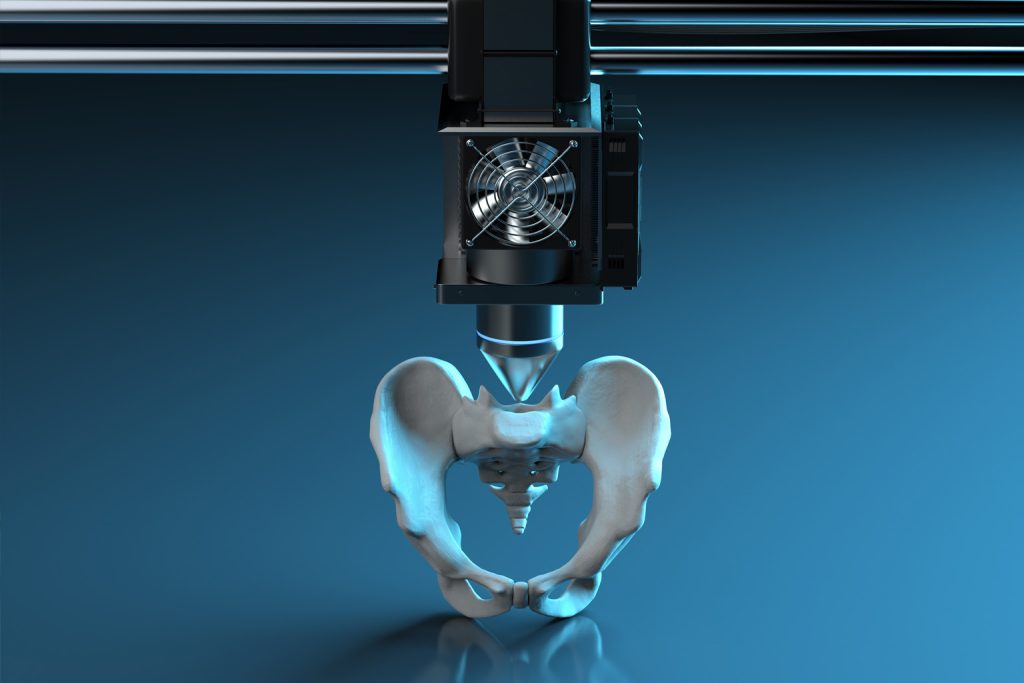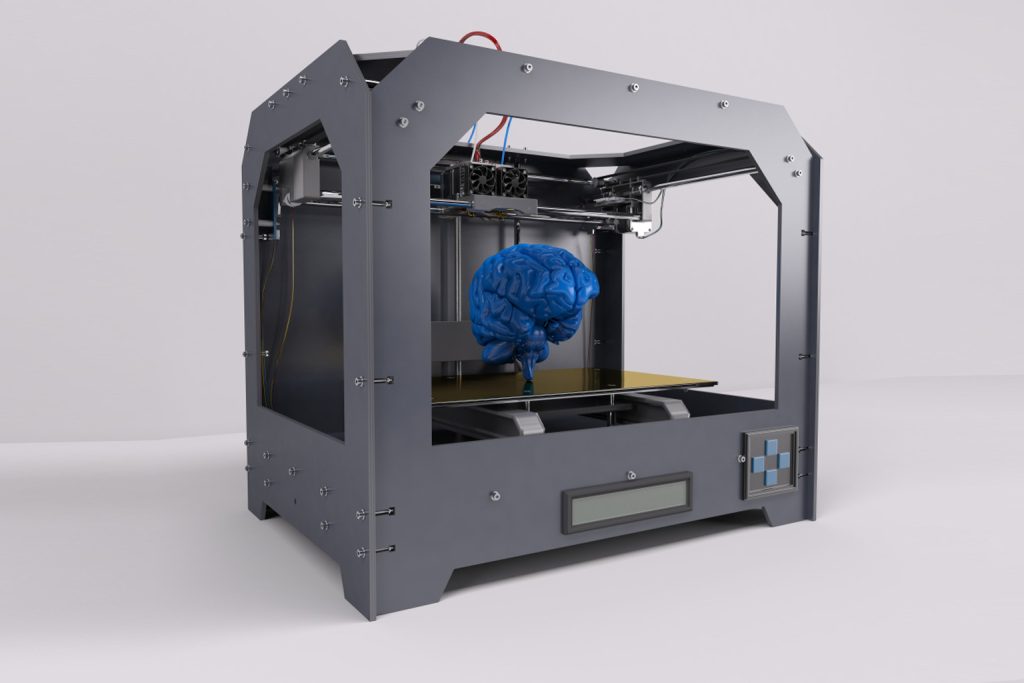Medical Applications of 3D Printing
3D printing technology is revolutionizing the medical industry by enabling the creation of complex and customized medical devices and prosthetics. 3D printing can be used to produce patient-specific implants, such as spinal and cranial implants, which can improve outcomes and reduce recovery time. Additionally, 3D printing can be used to create models of organs and bones for surgical planning, as well as for the production of prosthetic limbs.
Applications
Patient-specific implants: 3D printing technology can be used to create highly customized implants, such as spinal and cranial implants, that are tailored to a patient’s specific needs and anatomy.
Surgical planning models: 3D printing can be used to create models of organs and bones, which can be used for surgical planning and training purposes.
Prosthetic limbs: 3D printing can be used to create prosthetic limbs, such as hands and feet, that can be customized to a patient’s specific needs and requirements.
Dental implants: 3D printing can be used to create customized dental implants, such as crowns, bridges, and dentures, that can improve the fit and function of the restoration.
Medical equipment: 3D printing can be used to create a variety of medical equipment, such as surgical instruments, diagnostic devices and drug delivery systems.
Our 3D printing solutions and 3D printers are designed to meet the specific needs of the medical industry, from prototyping to mass production. With our expertise and experience, we can help medical companies improve efficiency, reduce costs, and increase innovation. With the growing demand of more personalized and precise medical treatments, 3D printing is poised to play a vital role in the future of the medical industry.
The future of 3D printing in the medical industry is very promising, as the technology has the potential to revolutionize the way medical devices, implants, and prosthetics are designed, developed, and produced.


With 3D printing, medical companies can produce highly customized and complex parts at a faster pace, with less waste, and lower costs. Additionally, 3D printing can be used to create patient-specific implants, which can improve outcomes and reduce recovery time. The technology can also be used to create models of organs and bones for surgical planning, as well as for the production of prosthetic limbs.
Furthermore, 3D printing can also be used to create drug delivery systems, diagnostic devices, and other medical equipment. In the future, it is expected that 3D printing will play an increasingly important role in the medical industry, helping to improve efficiency, reduce costs, and increase innovation.
Develop your own capabilities with these machines
You can improve your skills and capabilities by using specific machines. Examples include 3D printers, CNC machines, and other manufacturing equipment that enable users to create and develop new designs and prototypes. By mastering the operation of these machines, individuals can expand their capabilities and improve their skills in various fields, leading to increased opportunities and growth.
